
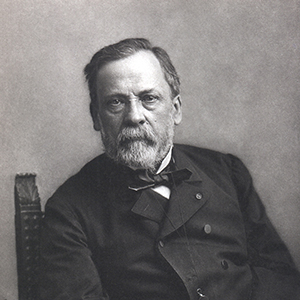
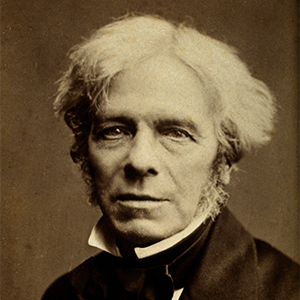
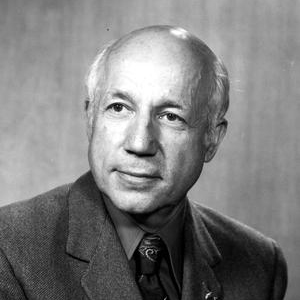

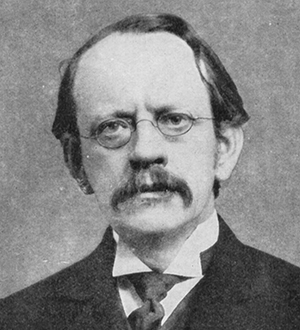
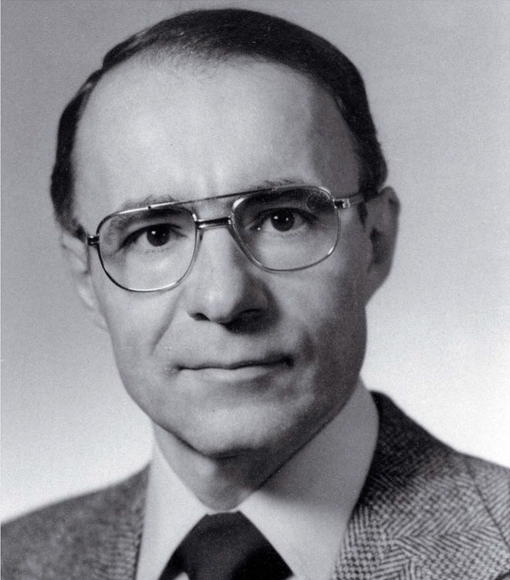
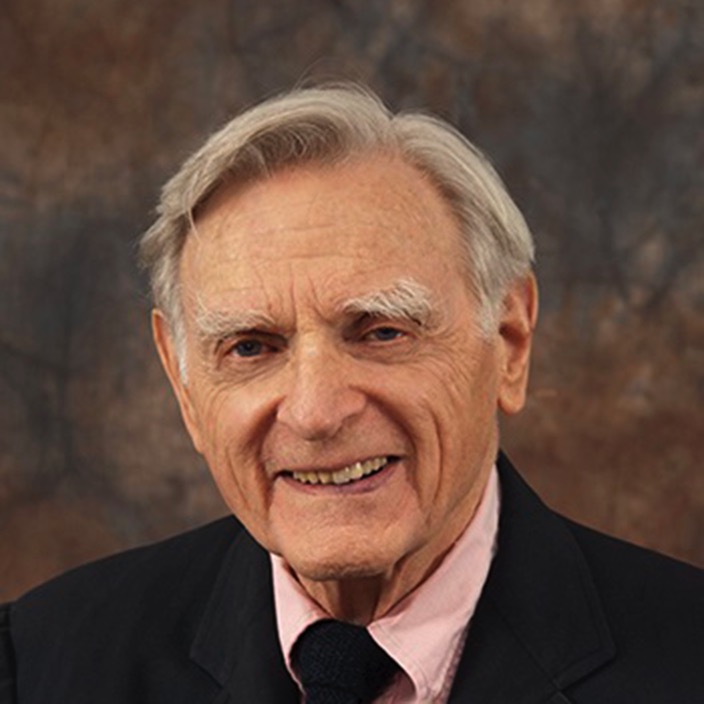
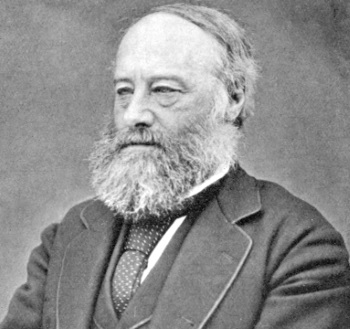

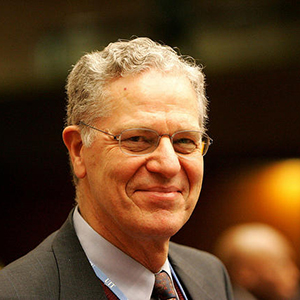

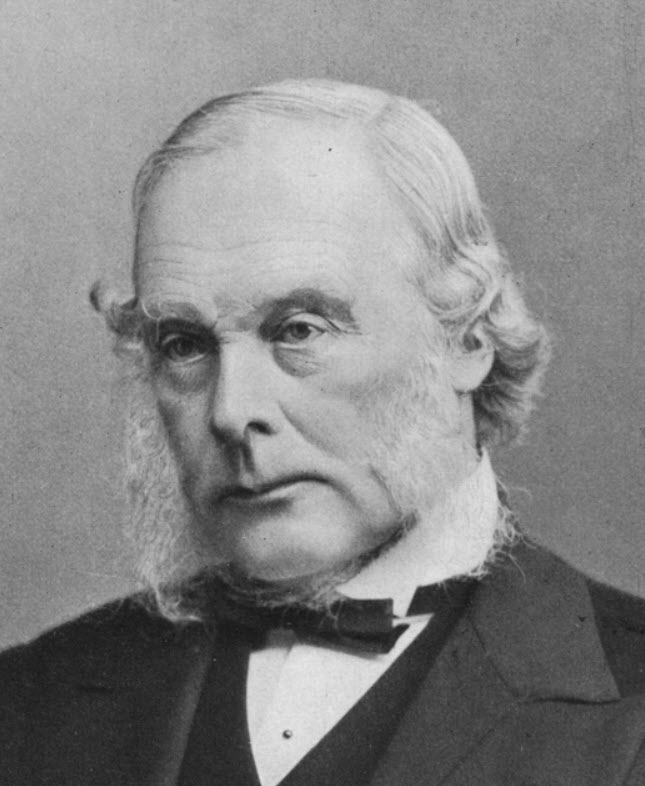


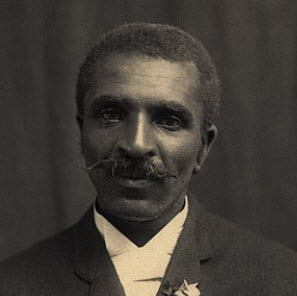
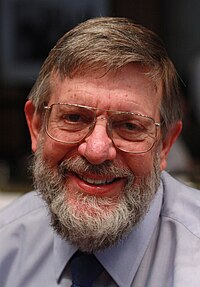
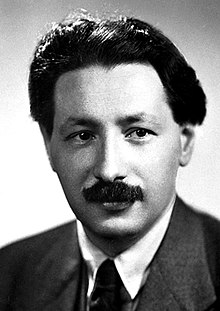
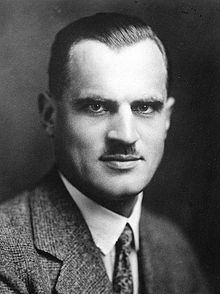
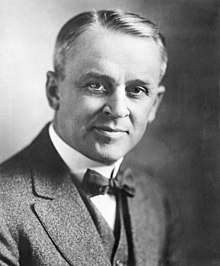

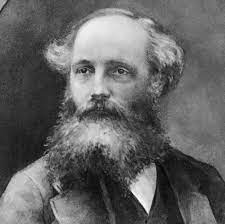
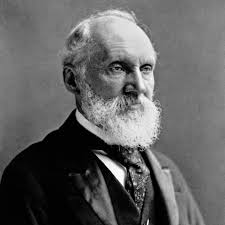

In the beginning, God created the heavens and the earth. The earth was without form and void, and darkness was over the face of the deep. And the Spirit of God was hovering over the face of the waters. And God said, “Let there be light,” and there was light. And God saw that the light was good. And God separated the light from the darkness. God called the light Day, and the darkness he called Night. And there was evening and there was morning, the first day.
Genesis 1:1-5 (ESV)
When God began creating the heavens and the earth the earth was a shapeless, chaotic mass, with the Spirit of God brooding over the dark vapors. Then God said, “Let there be light”. And light appeared. And God was pleased with it and divided the light from the darkness. He called the light “daytime”, and the darkness “nighttime”. Together they formed the first day.
Genesis 1:1-5 (TLB)
This chronicles the beginning of the earth and the original opaque atmosphere (“the dark vapors” [TLB] or “darkness was over the face of the deep” [ESV]). Then there was a thinning of earth’s opaque atmosphere to a translucent atmosphere, leading to the presence of some light through the previously dark clouds (“Let there be light”) and the conditions for anaerobic life. This also provides the critical frame of reference for describing all the days of creation – that the Spirit of God was “hovering” or “brooding” over the face of the waters, i.e., the waters of the primordial earth. So, the point of view (also called frame of reference) is above the earth and the descriptions then describe what is happening directly above and on the surface of the earth. Not understanding the appropriate point of view has caused much misunderstanding and rejection of the accuracy of the Genesis account. With the correct understanding of the frame of reference as stated in these verses from Genesis, the descriptions in Genesis 1 align very well with what scientists have found and continue to discover about the history of earth and life on our planet.

Probable Time Frame ~4500 mya to 3000 mya
- Earliest Earth ( ~4540 mya )
- Early moon collides with earth (~ -4500)
- Earliest water on earth (~ -4300)
- Earliest life (Anaerobic) (~ -3400)
- Earliest atmosphere of hydrogen and helium which went into space
- Secondary atmosphere consisted mostly of Nitrogen and Carbon Dioxide from volcanic activity Meteorite Bombardment (~ -3800)
Videos about Day 1 of Creation
Playlist
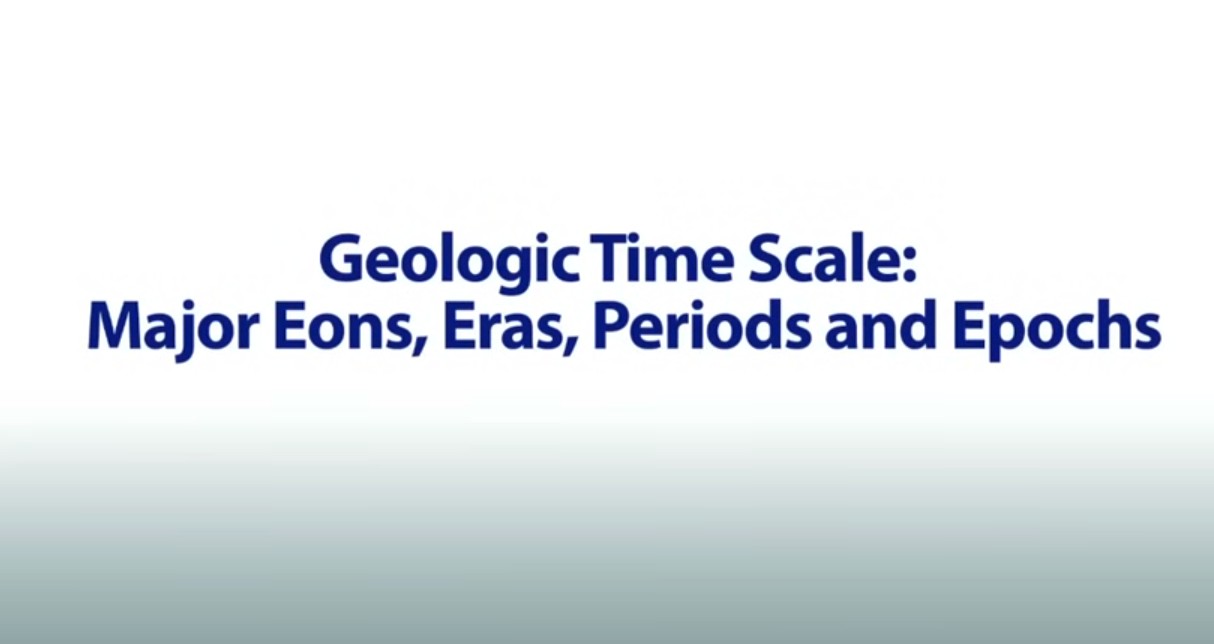
6:14

9:36

9:16

1:05:45
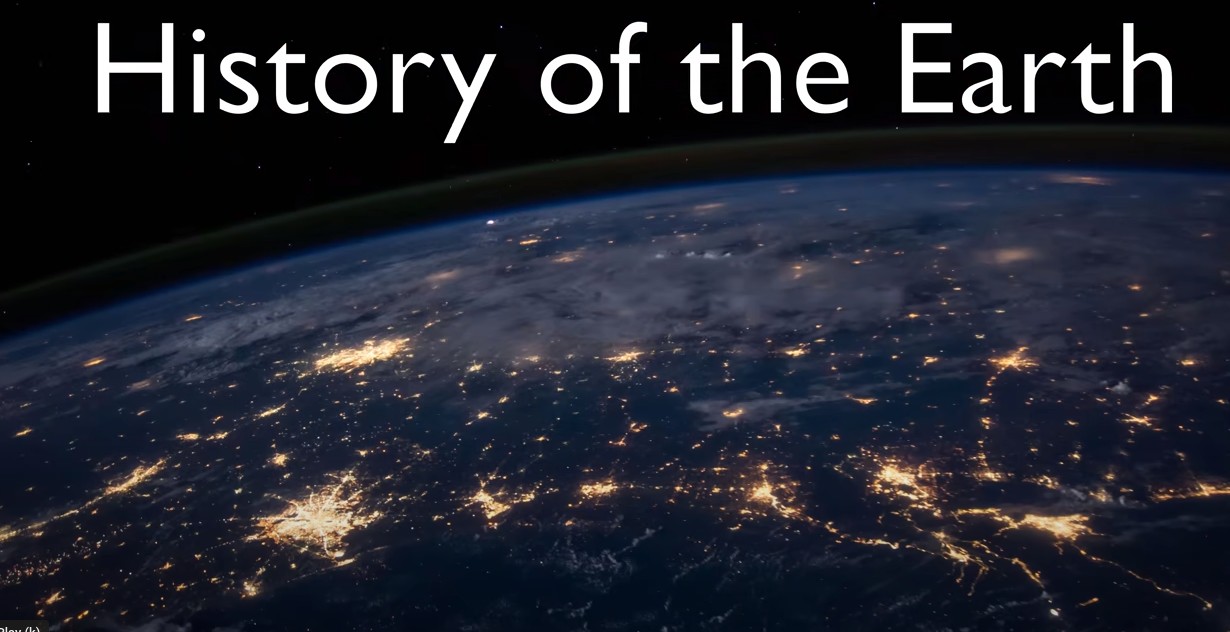
11:36

12:08

59:33

42:50

48:46

32:29

30:49

31:31

20:05

21:51

18:16

1:31:52

36:05

1:31:22

10:35
| YouTube Title | Description |
|---|---|
| Physics learning_Geologic Time Scale: Major Eons, Eras, Periods and Epochs | Simple overview of why the geological time scales were created (eons, eras, periods, epochs). This also covers the names of the major time scales as well. |
| Geologic Time Scale | Technical overview of the geological time scales by a professor at Cornell, covering how these time scales evolve over time as we discover more details. |
| History of the Earth in 9 Minutes | The 4.54 billion years of Earth history in 9 minutes. |
| The Whole History of the Earth and Life | Birth of the solar system, birth of the Earth, and evolution of life on Earth. |
| History of the Earth | History of Earth with temperatures, eons, eras on rolling timeline. |
| A Brief History of Geologic Time | Explanation of Eons, Eras, etc. |
| What Was the First Complex Life on Earth? | About the history of earliest life forms and the human investigations and discoveries about that history. The life history covers about 4.6 bya to 540 mya. |
| A Tour of Earth's Ancient Superoceans | Covers the evolution of the earth from the perspective of the oceans from the earth's watery ancient history to speculations about the future. |
| A Tour of Earth's Ancient Supercontinents | Covers the evolution of the earth from the perspective of the land masses (continents) from the earth's ancient history to speculations about the future. |
| What Is The Other 99.99% Of Life? | Covers the biosphere from the earliest eras of earth up until the present. Mentions the work of the entomologist Edward Wilson and the early microscopist Antonie van Leeuwenhoek. |
| What is the Oldest Fossil on Earth? | Covers the history of investigations and the findings about the earliest fossils. |
| Where Did Earth's Water Come From? | Covers the history of investigations and the findings about the origins of the water on the earth. |
| The Mystery of the Late Heavy Bombardment | Covers the late heavy bombardment of about 4.1 to 3.8 bya (also called the lunar cataclysm). Covers not only the moon but also the earth and its nearest neighbors in space. |
| What Was Earth Like 4 Billion Years Ago? | History of investigations about what the earth was like 4 bya. |
| How Did The Earth Form? | Overview of how the earth is thought to have formed. |
| History of Earth - How Our Planet Formed | Full documentary from National Geographic TV titled Earth - Making of a Planet. It has very professionally produced, detailed visualizations of how the earth formed and its different stages of development. |
| A Timeline of Life on Earth: The beginning 'til Now | Several people describing how life developed on the earth. An overview of the different eons and eras. |
